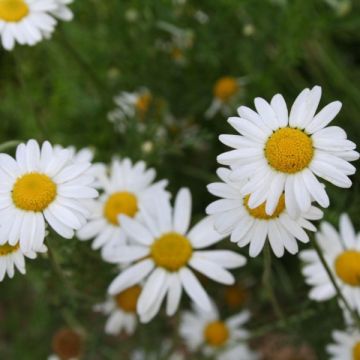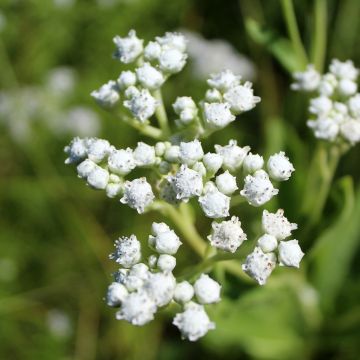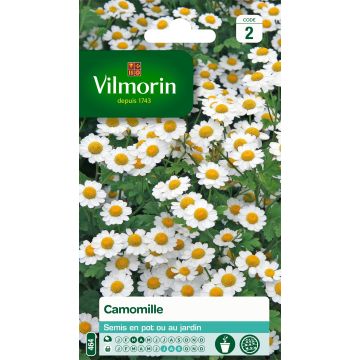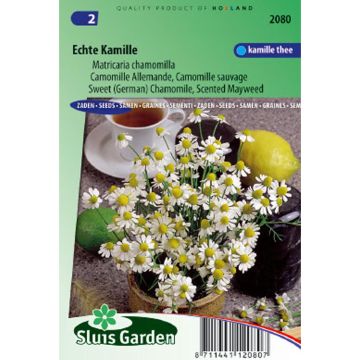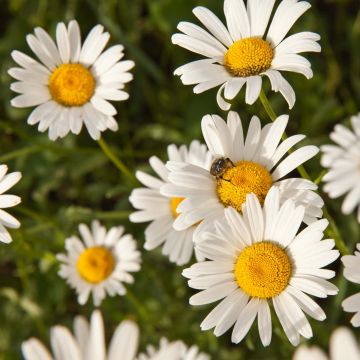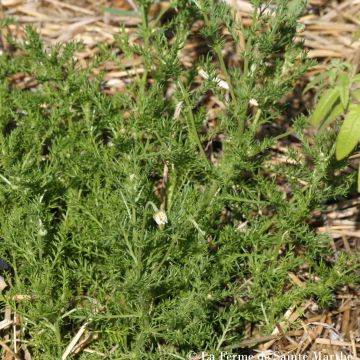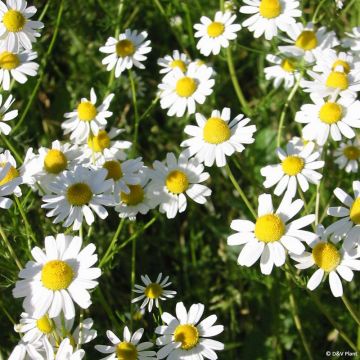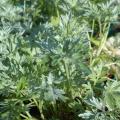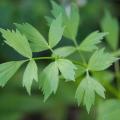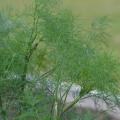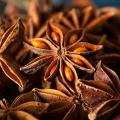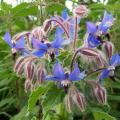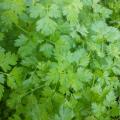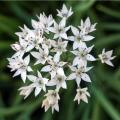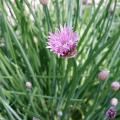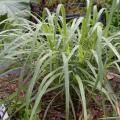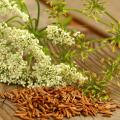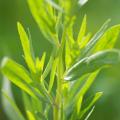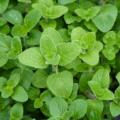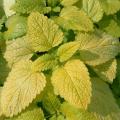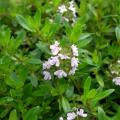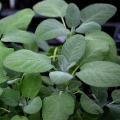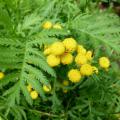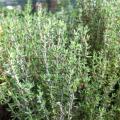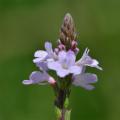Chamomile
Does this plant fit my garden? Set up your Plantfit profile →
Available in 2 sizes
Available in 1 sizes
Available in 2 sizes
Available in 1 sizes
Available in 1 sizes
Available in 1 sizes
Available in 1 sizes
Available in 1 sizes
Chamomile is grown as a herb but also an ornamental plant, famous for its aromatic and medicinal properties. Whether it is Roman (Chamaemelum nobile), German (Matricaria recutita) or called Feverfew (Tanacetum parthenium), there are a large number of perennial or annual species in the large family of Asteraceae, all are easy to grow. They charm us with their fragrant, finely cut foliage, and their fragrant and extended flowering from June to October. They are plants with a countryside-style charm, which provide a profusion of small flowers shaped like daisies, mostly white with a golden yellow heart, very fragrant. In the vegetable garden, in the ornamental garden or in pots, give them sun and soil that is not too heavy, without excess limestone. Harvesting of chamomile flowers preferably takes place in the morning, when the flowers have just opened but are fully in bloom. They are then dried in the shade, in a ventilated place. They are used to make herbal teas with relaxing and digestive properties.
Haven't found what you were looking for?







































